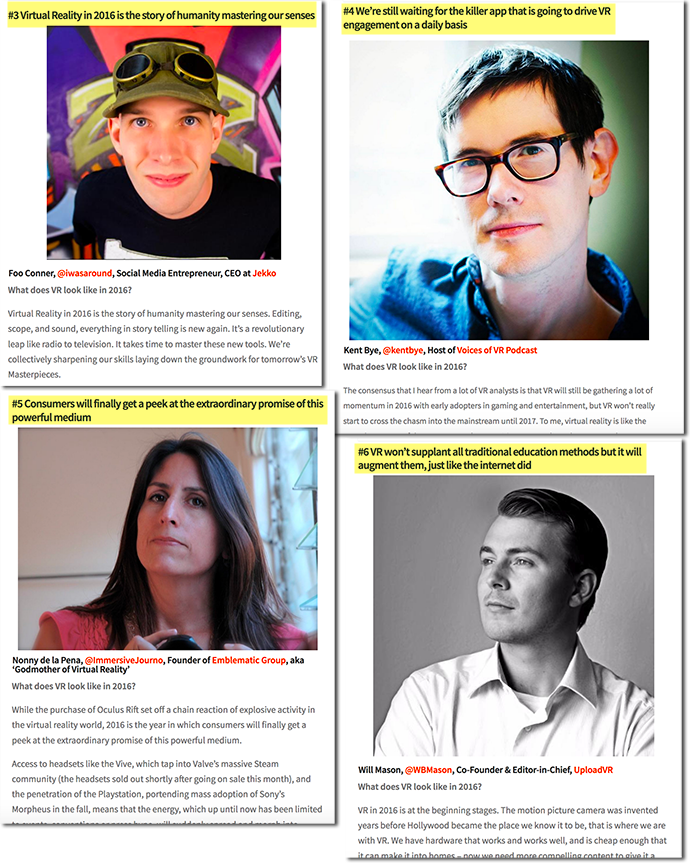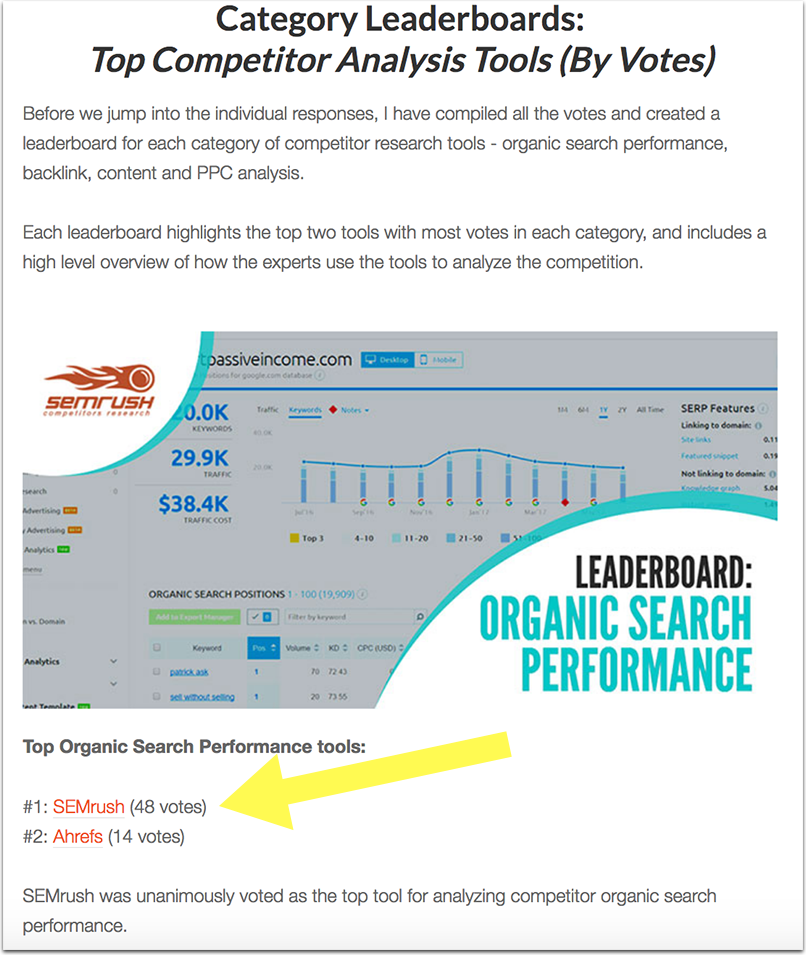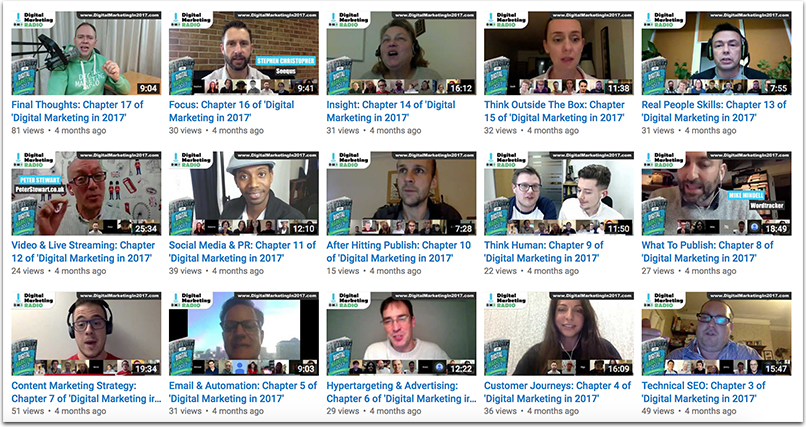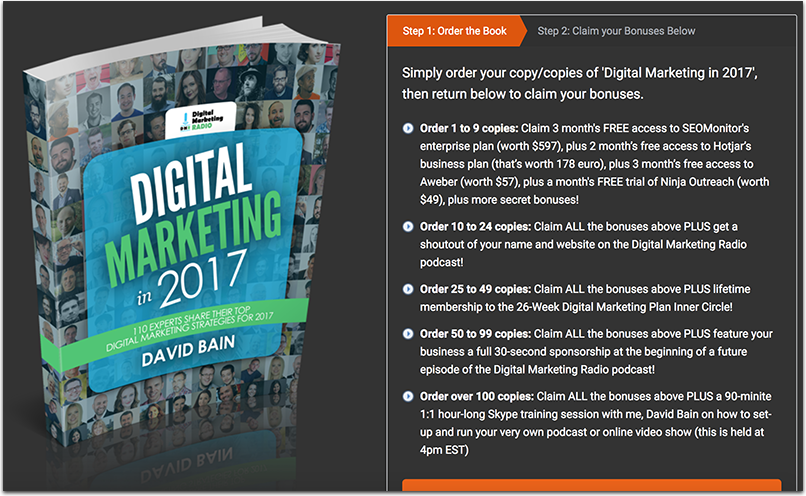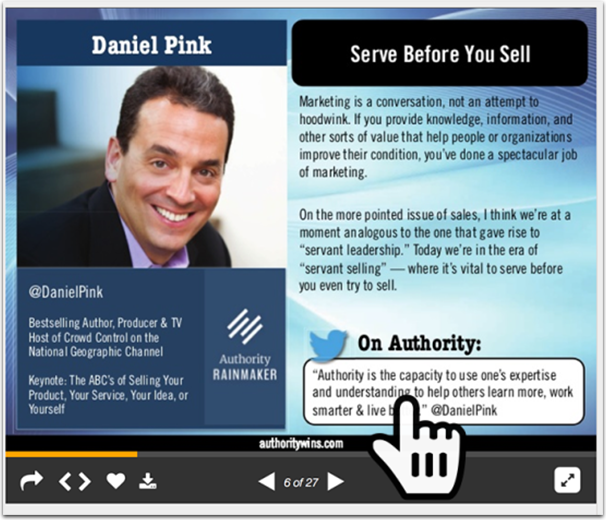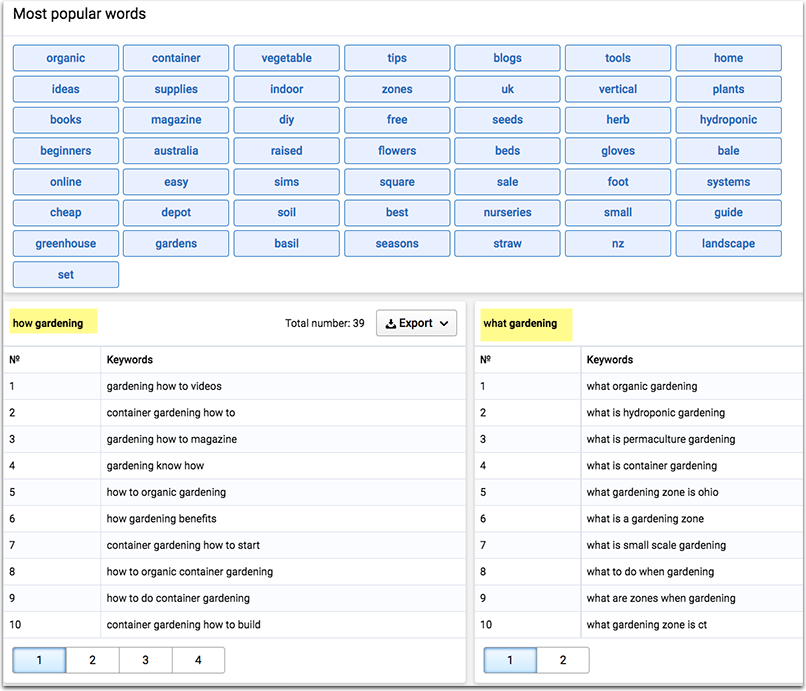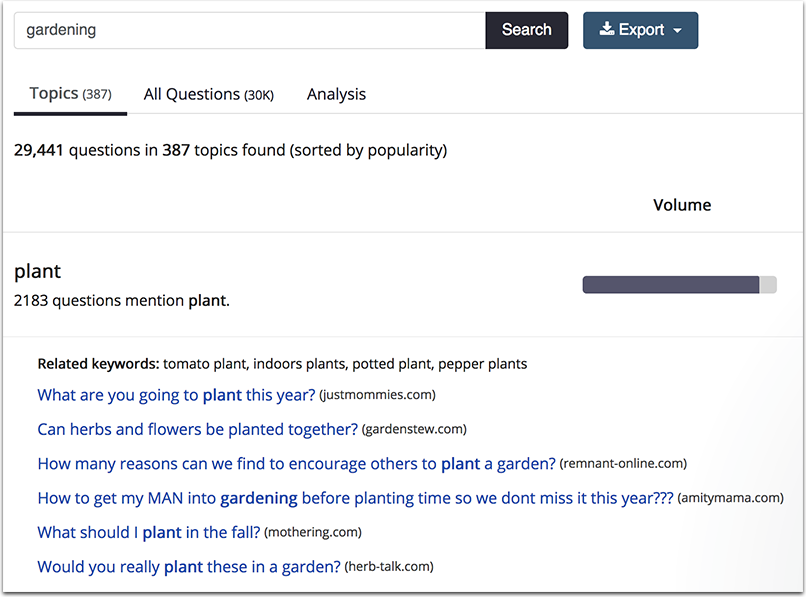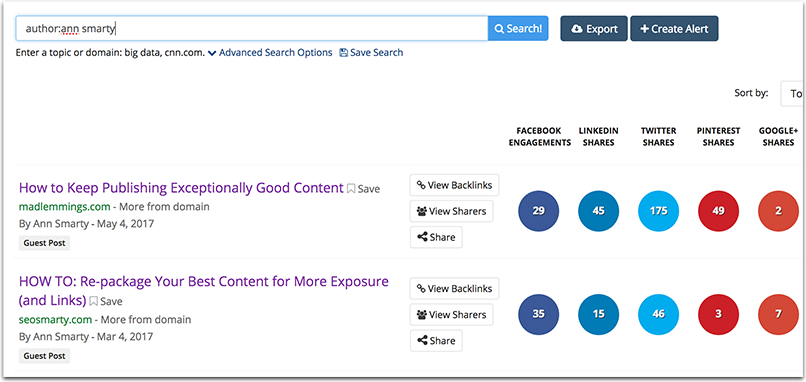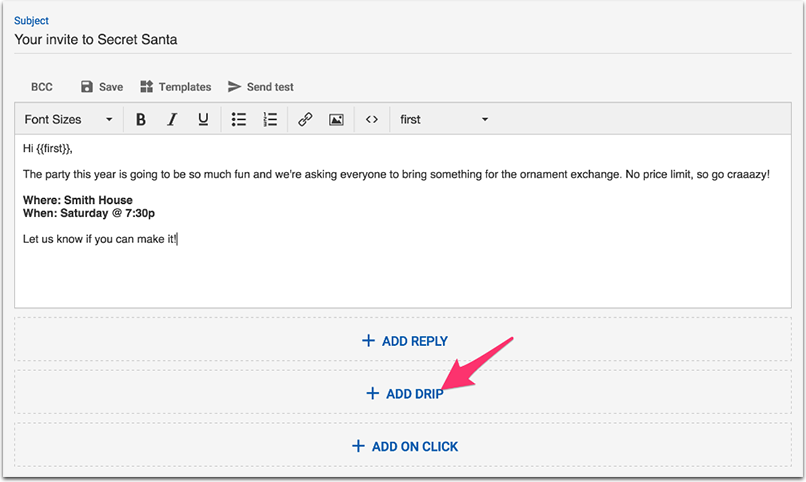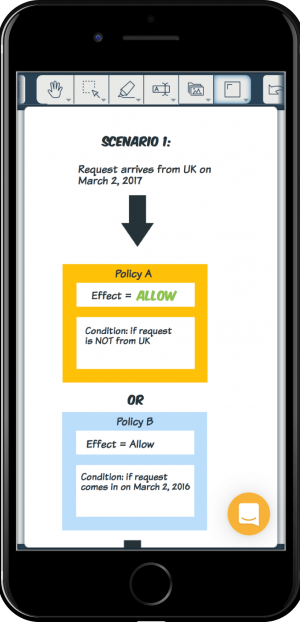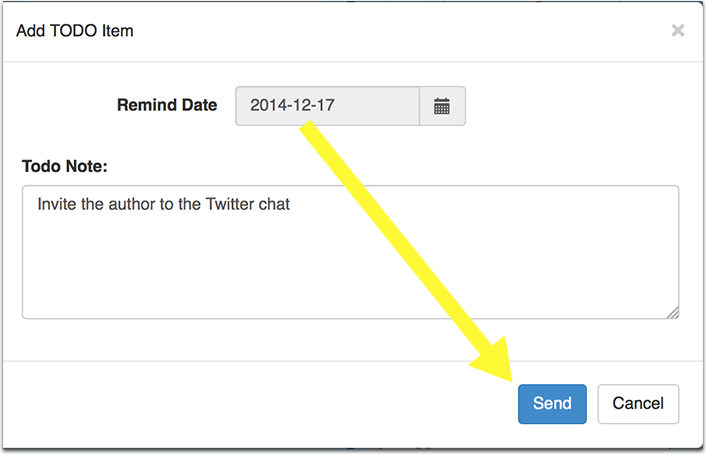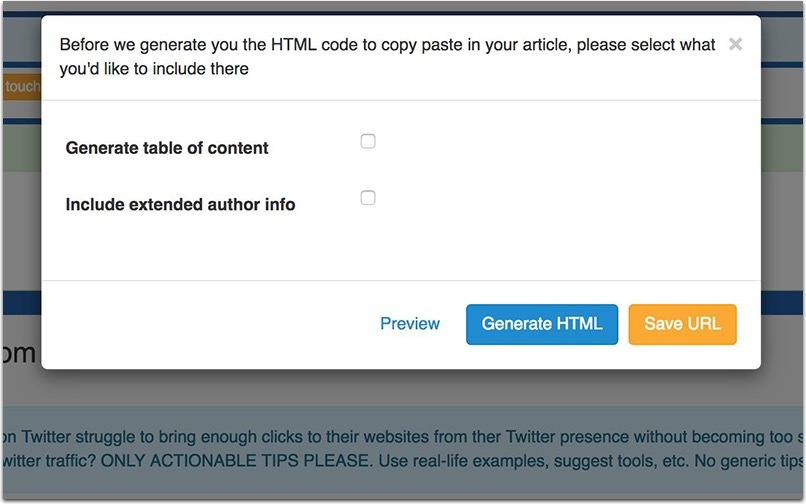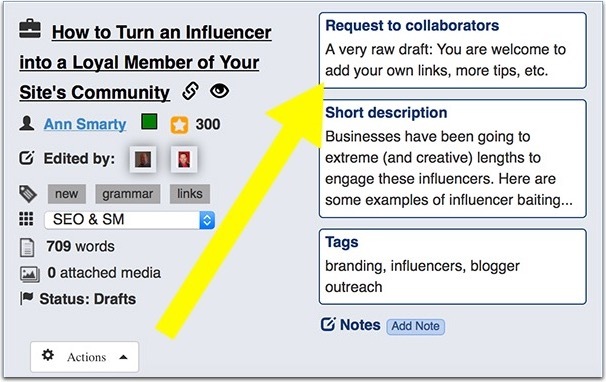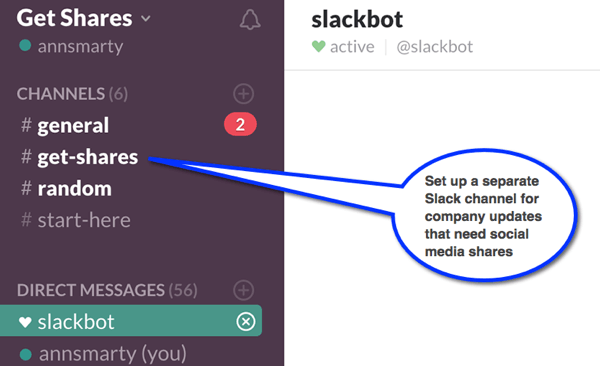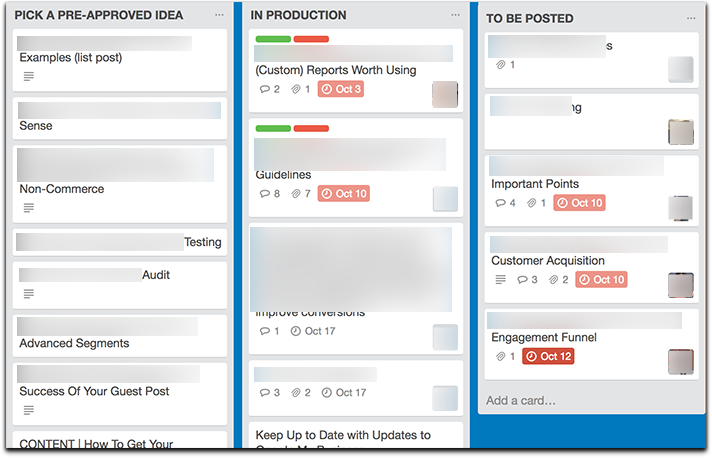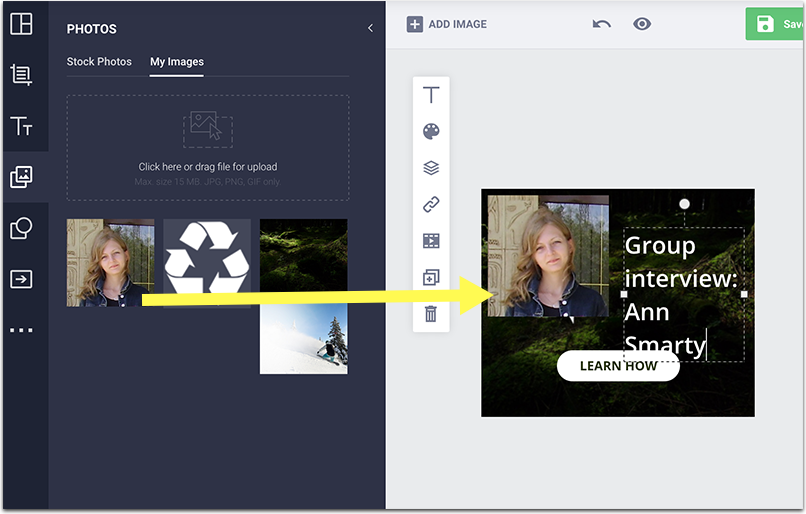Have you found it’s harder to get your content noticed these days? Do you spend days on research and writing to find that no one engages with your content?
Collaborating with niche influencers on content creation for your site can solve this and other content marketing challenges, especially when done right.
There are many reasons to include collaboration in your content marketing process.
- Free content creation: Collaborating influencers and peers share the writing.
- Free content promotion: Participating influencers will often amplify the content they have helped to create by sharing it on social media which gives your brand additional exposure.
- Building connections with influencers: Creating something together is one of the most effective ways to build long-lasting business relationships.
- Make your content more credible: Your readers will see familiar faces on your site and will convey that trust onto you and your brand.
With that in mind, let’s look at some of the possible content collaboration types and projects you may want to try.
Types of Content Collaboration
Content collaboration comes in many types and forms. Here are a few types and examples of collaborated pieces to get you inspired, but you can go as far as your imagination and creativity take you.
Expert roundups
First, a word of caution: an expert roundup is the most popular type of content collaboration. Keep in mind that this tactic is easy to replicate and frequently used by marketers and media outlets. If your audience is overexposed to round up posts, they may begin to tune them out.
Another drawback of this form of collaboration is that roundup posts are not always easy to read because the content is segmented by author name instead of being organized into logical sections by subtopics.
The thing is, expert roundups are still widely effective for social media traffic generation and awareness building, so there’s no reason to avoid the tactic just because many content creators overuse expert roundups or do them poorly.
To make your expert roundup a success:
- Organize your content for easy readability.
- Come up with really good questions One option is to discuss current trends, which also works great to get more influencers on board.
- Invite current connections to participate. Then expand using “associated ego-bait” (i.e. broaden your outreach effort by mentioning well-known names who have already agreed to participate).
Here are a couple of examples of expert roundups done right.
This gardening expert roundup is much easier to read because it is broken into problem-solution parts instead of just divided by expert names.
Here’s another example of a well organized, easy to read expert interview. And here’s an extension of this idea showing how an expert roundup can be organized by theses from the quotes which also makes it a much more enjoyable reading experience:
Event Marketing Roundups
This type of post is a subset of the expert roundup, but it’s focused on coverage of a conference or event.
Expert roundups are effective for conference- and event-related content when they provide insight into what happened during the event.
These are perfect to further engage event speakers and reporters in marketing your event or media outlet. Here’s an example.
Since post-event content assets primarily aim at further engaging event participants, it’s very important to tag those mentioned influencers in social media updates promoting the article.
Here’s a quick checklist on how to properly tag people and brands on social media.
Curated Tool Lists
Content crowdsourcing works especially well for creating curated lists of industry tools.
With lists it’s always best to ask several people to contribute their ideas about which tools to cover so that your research will not be limited to the tools you know and use. I always find quite a few new tools to check out myself when I ask for help compiling a list. Crowd-sourced curated lists always end up being more comprehensive and useful.
Asking collaborators for help is a double win because they will help you promote the article when it goes live.
You can improve crowdsourced lists by providing your own summary at the top of the article. Robbie Richards does this with category leaderboards:
Another example is this piece on ecommerce platforms by Minuca Elena which provides a ranked list of solutions on top of the expert contributions.
Surveys
Surveys are perfect linkable assets — especially when they include valuable industry takeaways like new opportunities or tactics.
When you add an influencer aspect, they are even better.
Influencer-sourced surveys are hard work, but they will attract references and shares for years to come. One of the best known examples of an influencer-sourced survey is Moz’s “Search Engine Ranking Factors” which combines many efficient content marketing tactics in one masterpiece:
- Contributions from industry influencers
- Effective content organization into sections and tabs
- Industry partnerships that add insight and promotion opportunities
- List of contributors
- Custom badges which give contributors the opportunity to display a badge on their own site.
- Visualized takeaways and correlations
It may take months to invite participants, collect, analyze and visualize data, then publish something like this, but it positions a brand as a knowledge hub in the industry, increasing trust, links, authority and more.
Multi-Format Expert Roundup
It’s not just about text. There are many more content formats you can use to produce your influencer-sourced content. David Bain’s “Digital Marketing in 2017” paperback book is a perfect example.
David did tremendous work: He started planning the roundup in October 2016 by sending an invitation to dozens of influencers he had previously interviewed for his podcast:
He then created a mega schedule for 100+ participating experts to meet on the same day and share their actionable digital marketing strategies. The show was streamed live on Facebook. David also recorded the sessions to publish as separate videos. The videos were then used to entice people to subscribe.
Finally he collected all the shared advice, put it in writing, and wrapped it up into a paperback book:
David’s book and associated content are excellent illustrations of how a collaborative process can help you create many diverse content assets.
- Live broadcast is a great engagement enhancer for Facebook marketing
- Youtube video uploads
- Digital and/or paperback book
Following the project, David’s podcast grew to 10,000 podcast downloads per month; he sold over 1000 copies of the book; and he built long-lasting relationships with the participating influencers.
David told me that long-lasting relationships with industry experts has been his biggest success. Quoting David:
…many of those who took part have said to me “if I ever need anything, just ask.” You can’t buy those sorts of connections.
More multi-format ideas for influencer-sourced content:
- Infographic expert roundup (when done well).
I am not a big fan of merely putting words on a graphic and calling it an infographic. But if you find a way to visualize your expert roundup in graphs and charts, go for it! This infographic roundup is probably the closest to a good graphic representation of multiple opinions I could find. You can pick up more ideas by reading this article on cornerstone content.
- Powerpoint / SlideShare presentations.
I love curating quotes with clickable SlideShare decks, and I think repackaging your influencer outreach into a neat SlideShare asset is a great low-effort idea which also expands your reach to the SlideShare crowd. Read more about this tactic here. Or check out this example of the Slideshare upload. It curates notable quotes from speakers at the Authority Rainmaker conference. Notice the ingenuous use of clickable, tweetable quotes right inside each slide:
Tools for Research and Outreach
If you are ready to create crowd-sourced content, here are a few essential tools to try:
Serpstat: Research the Topic
The first step is to come up with a good topic for your influencer-sourced content. It’s not as easy as it sounds because lots of topics are overused. Coming up with a good topic will greatly increase your chances of receiving answers from influencers who get tired of answering the same questions again and again.
I love using Serpstat for content inspiration because their multi-level keyword research tool helps in so many ways:
- Research keywords to find the core topic to expand upon (use their keyword difficulty feature to find which of those will be easier to compete for)
- Find more alternative terms using their cluster research feature that provides a list of related keywords
- Research questions containing your core term to see what your future readers are most intrigued by
When it comes to finding good questions for your collaborative piece, Bloomberry is another must-have tool. Use it to find questions from all across the web, including ecommerce and other forums.
BuzzSumo: Find Guests to Invite
Now that you have found a good topic to build the expert roundup around, find influencers to reach out to. Start with those influencers you already follow, read and talk to. Look through your Twitter friends and email contacts for ideas.
When you are done with those, use BuzzSumo to expand your list of participants. I love using BuzzSumo’s advanced search feature to find active niche peers and influencers who participate in interviews and podcasts:
- Play with content types. BuzzSumo allows you to filter results by type, i.e. “Interviews” and “Guest posts”, so you can find people who already participate in content collaboration projects and may be inclined to contribute to yours, too.
- You can also sort results by date to see the most recent content projects around your core term.
BuzzSumo also helps in outreach. I always run an author search on BuzzSumo to see what kind of content the author writes. This refines my list of authors, and helps me to create better, more personalized outreach emails.
Work on Your Email Tactics: Mailshake (or Alternative)
There will be a lot of back and forth emailing involved, so you’ll need to use some tools to improve your emailing productivity.
I suggest giving Mailshake a try. It automates follow up, generates “drip” emails (i.e. “Send X days after”), helps with creating email templates, visualizes your progress with the calendar feature, and tracks your success (email opens, link clicks, bounces, etc.)
I’ve previously discussed several more alternatives, so choose the one that best fits your needs.
Crafting an influencer outreach email that will get results takes skill and a certain amount of serendipity. I get 2-5 emailed invitations to participate in projects every day. I’m not sure what ultimately convinces me to get on board. I suspect it’s the combination of luck (me having a free minute to consider the invitation), personalization, length, and a timely follow-up on Twitter.
David’s email above is a perfect example of a good outreach effort.
Of course, the odds are always better when I know the person who reaches out to me or if I’m familiar with her face.
Tools to Collaborate
So you have found a topic, identified your influencers and built your emailing tools. Now it’s time to set up an effective collaboration process. Here are my personal picks:
Deekit: Brainstorm Together
Deekit is a powerful brainstorming tool allowing you and your contributors to work together on an article’s concept, subtopics, and visual elements.
Deekit will probably work best for you if you plan collaboration projects regularly and want your contributors to work on the ideas too. The very minimal and workable iPhone app allows me to collaborate with my teams and friends while on the go.
MyBlogU: Co-Contribute
Full disclaimer: I am MyBlogU’s founder
MyBlogU expands the list of participating influencers to community users and gives you the tools to collect, organize and publicize answers. Simply create a new project and let users contribute their answers, screenshots and links.
You can set up reminders for projects that will let you record new ideas or tasks.
You can also reach out to your past or current contributors in bulk inviting them to share the piece or participate in other projects.
Here’s an example of an article roundup I crowdsourced through MyBlogU. It took two weeks to complete, and was sourced entirely through MyBlogU. The result: a 2500-word long mega-guide on building traffic with Twitter.
Apart from the introduction and the intro image, everything was contributed by MyBlogU members, including tools, tips, examples, and screenshots.
This truly illustrates the power of high-quality, user-generated editorial content. Without having to spend a day to write it, I only needed to create the MyBlogU project and put the answers I liked together in a blog post.
You can even upload your article draft and let MyBlogU members contribute their quotes to make it better. Here’s how I used MyBlogU Articles to revive my half-done article draft and turn it into a solid content piece.
SurveyMonkey: Collect Simple Answers
If you go the survey route, you’ll need a good surveying solution. SurveyMonkey is probably the best known one. It’s easy to set up and has a pretty usable backend where you can read answers and see break-down graphs.
For other survey tool ideas, see this list: There are many more awesome surveying tools and plugins,
Slack: Keep in Touch
Building connections with influencers is one of the most important benefits of content crowdsourcing. Therefore it’s important to have a community where you can invite people to monitor the progress of your collaboration project and where they can stay to network afterwards.
Facebook groups can be a good option, but I prefer Slack because it offers room owners more control over notifications and organizing discussions.
You can further engage your influencers by giving them a separate room to promote each other’s content.
Trello: Organize
For regular collaborative projects you’ll probably need some kind of editorial calendar. Because there are so so many steps involved in a single crowd-sourced article, I prefer to use Trello because its columns and cards give me a bird’s eye view of all the stages and phases of my projects.
Here’s an example of a collaborative dashboard set-up which allows me to collect contributors’ content ideas. It also displays the content development progress of various crowdsourced content assets:
DrumUp: Co-Promote
Most of your participating influencers will want to spread the word and share the published article with their social media followers. To encourage more shares, try a tool like DrumUp.
DrumUp is my personal favorite tool for collaborative social media sharing. You can use it to create your own content library containing articles you want to promote in the future. And you can integrate your DrumUp library with Slack to update your team and influencers any time there’s another asset to promote.
Bannersnack: Visualize
Creating awesome personalized visuals makes social sharing easy. With Bannersnack, you can easily put together promotional banners and personalized “Featured” badges for participating experts to use when they share your project on social media or embed it on their websites.
Visuals make social media updates more sharable, so it’s a win for both you and the participating influencers. Bannersnack has very neat templates and can help you create animated GIFs. Don’t forget to use the names and pictures of those featured influencers on your banners to personalize them properly.
You can use the app to create visual quotes for your project too.
Cyfe: Put It All Together
Content crowdsourcing is hard work. It’s a lot to handle for you or your content manager. So it’s essential to maintain a tracking dashboard connecting many pieces together (including monitoring how the content asset is performing after it gets published).
Cyfe is a multi-task business management tool that I use daily for tracking multiple aspects of my daily routine. For collaborative content you can use it to create a single dashboard that may include:
- Your to-do list
- Your influencer response progress (Through a Google Spreadsheet which you can embed on your dashboard)
- Recent tweets containing your project URL
- Google Analytics data showing traffic numbers and sources
- Recent Gmail replies, and more.
Further reading
It’s probably impossible to list all the content collaboration tips and ideas in one article. You can do so much with the concept and go as far as your creativity allows. Here are a couple more great guides on the topic for further reading:
- Better alternatives to “expert roundup”-style content: Rand Fishkin’s Whiteboard Friday
- Here’s a guide on setting up an ambassador program that can be a natural extension of your collaboration project. The article also discusses possible incentives which you can use to get more influencers on board
- Finally, here are more outreach tools to play with to find more experts and invite them to participate in your projects
Have you ever participated in a content collaboration project or hosted one? Please share your favorite tips, tools and takeaways!
Ann Smarty
Ann Smarty is the Founder of Smarty.Marketing and an SEO and content marketing expert.
Categories
Influencer MarketingThe Monthly Buzz⚡
Subscribe to BuzzSumo's monthly newsletter to:
Stay up-to-date with the best of the best in content marketing 📝
Get data-informed content, tips and tidbits insights first 👩🏻💻
Read top shared content by top marketing geeks 🤓
Try
Enter any topic, term or url to search to see BuzzSumo in action. It’s free!
100% free. No credit card required.

